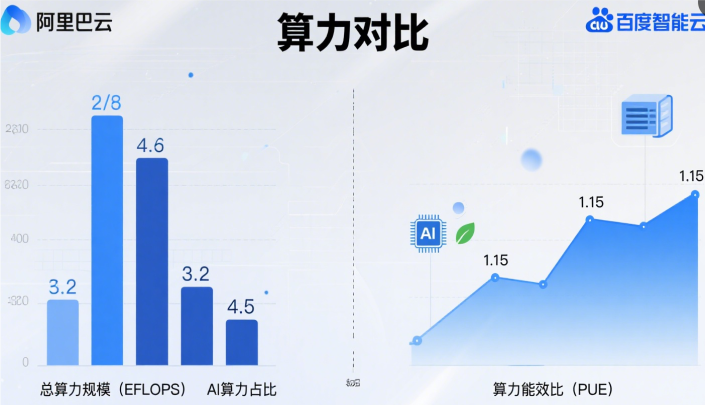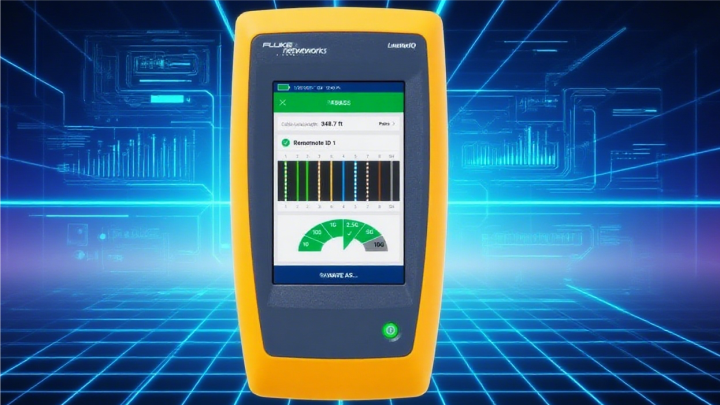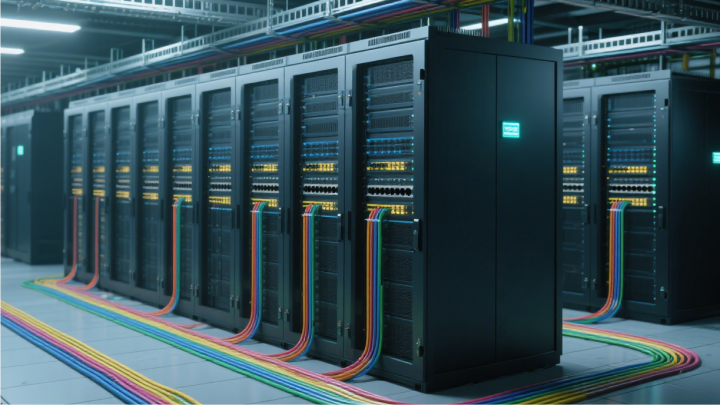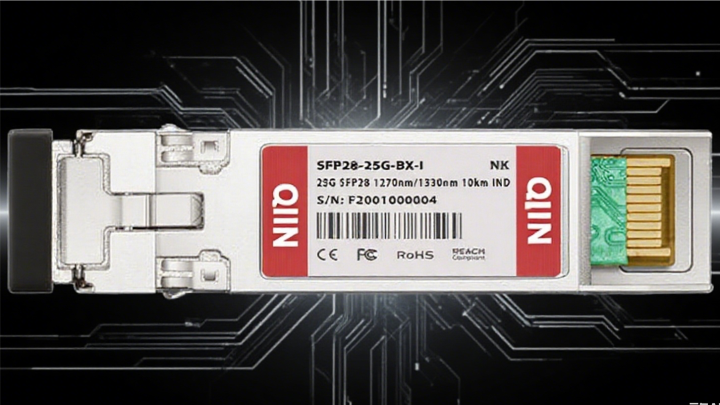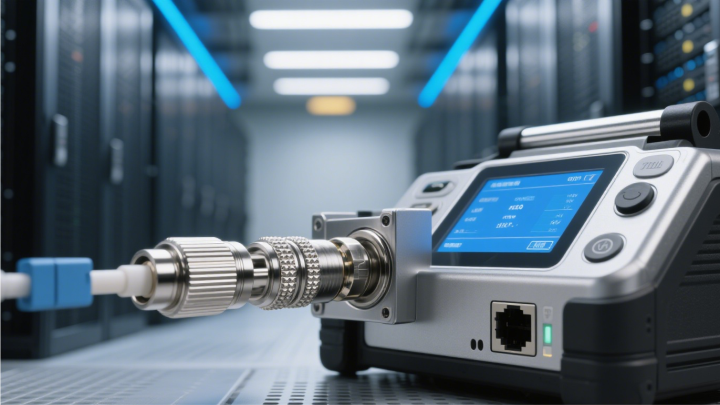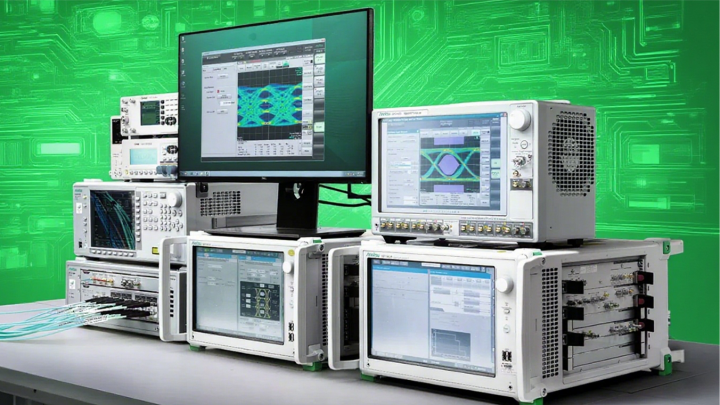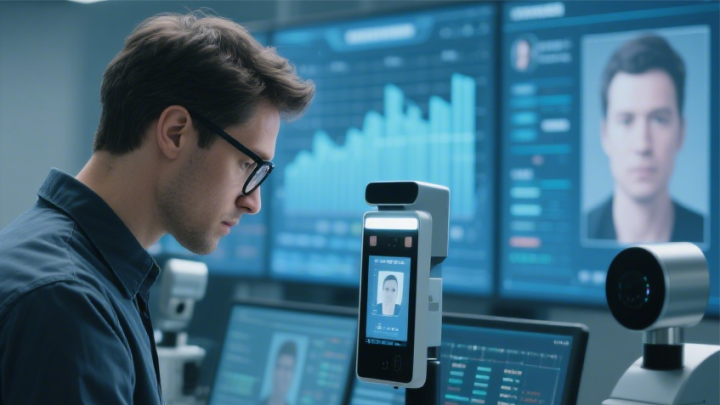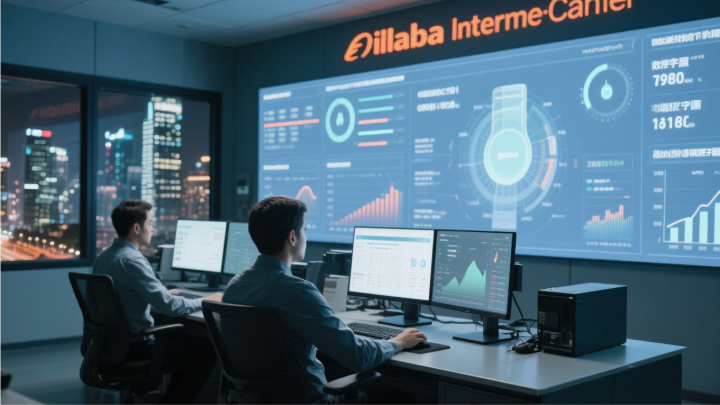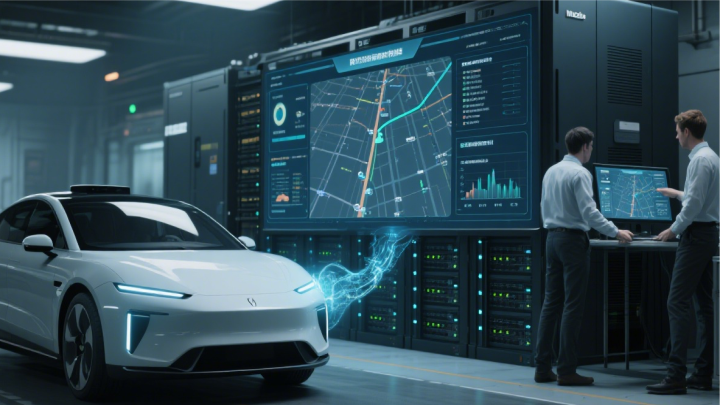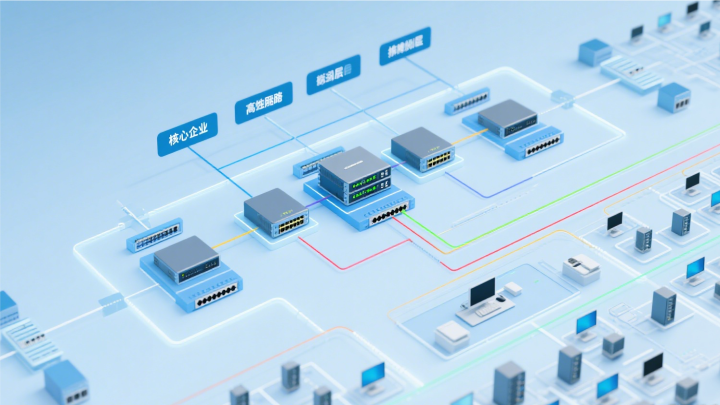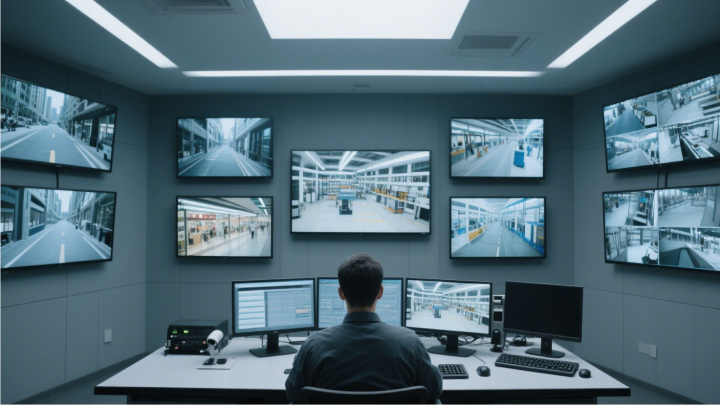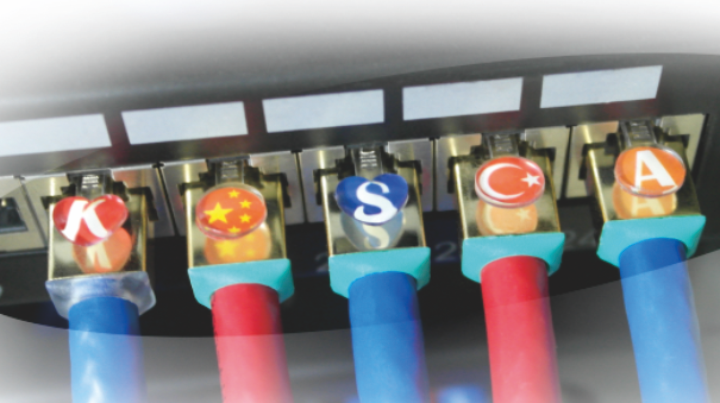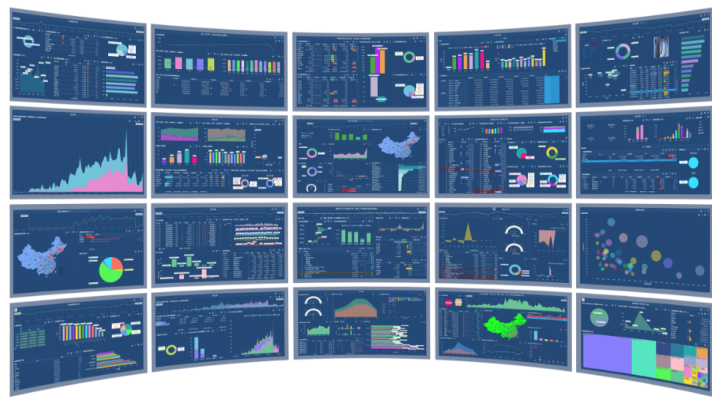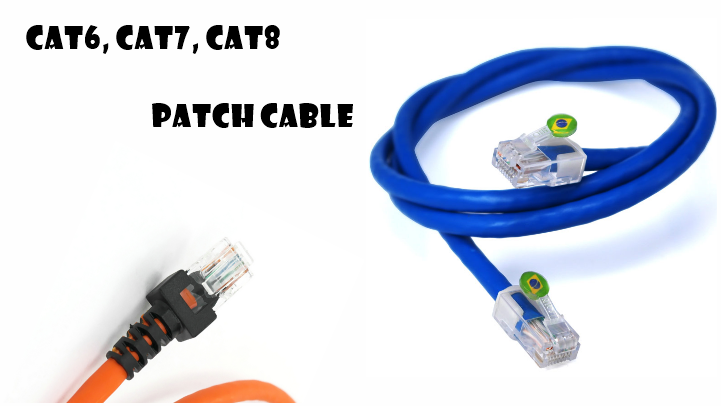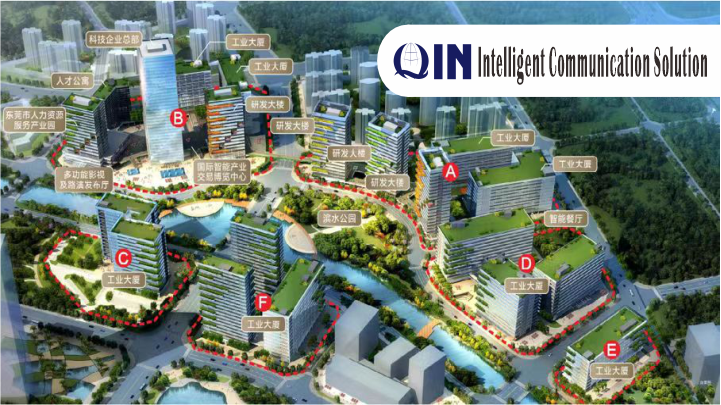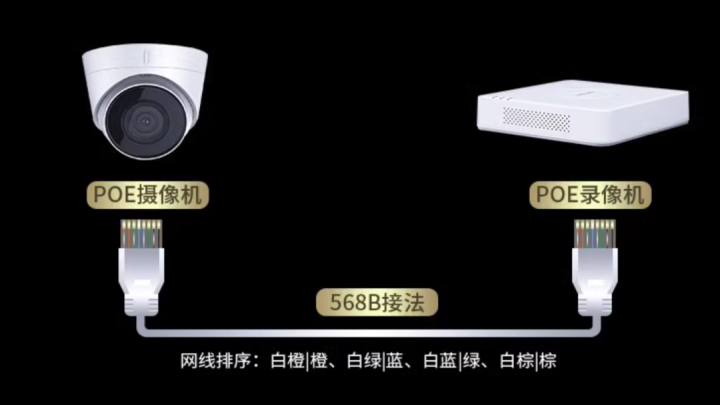Parking fee system
1. Introduction With the rapid urbanization process, car ownership has surged dramatically. As a vital component of urban transportation, parking lots now face significant challenges in management efficiency and service quality. Traditional payment methods for parking lots primarily rely on manual collection, which suffer from inefficiency, error-prone operations, and high administrative costs. To enhance management standards and service quality while meeting public demand for convenient payment solutions, developing an efficient and intelligent parking fee system has become crucial.
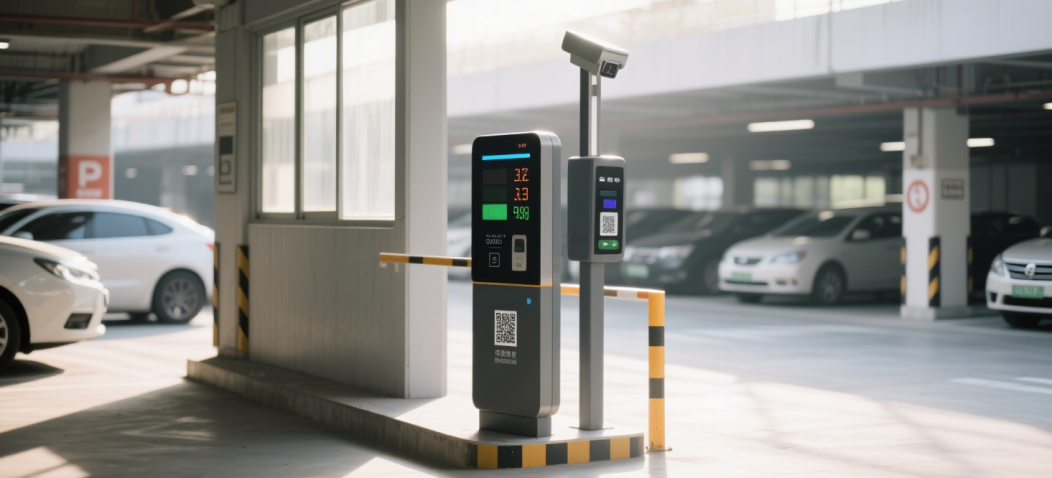
2. System Objective The parking lot payment system aims to realize the automation and intelligence of the parking lot payment process through advanced technical means, improve the efficiency of the parking lot, reduce the management cost, and provide users with convenient, fast and accurate payment experience.
The specific objectives are as follows:
2.1. Realize automatic identification and recording of vehicles entering and leaving the parking lot without manual intervention.
2.2. Accurately calculate the parking fee of the vehicle and support the setting of various charging standards.
2.3. Provide a variety of convenient payment methods to meet the needs of different users.
2.4. Realize the informatization of parking lot management, so that the management personnel can carry out data statistics and analysis.
2.5. Ensure the stability and security of the system, and ensure the security of user information and funds.
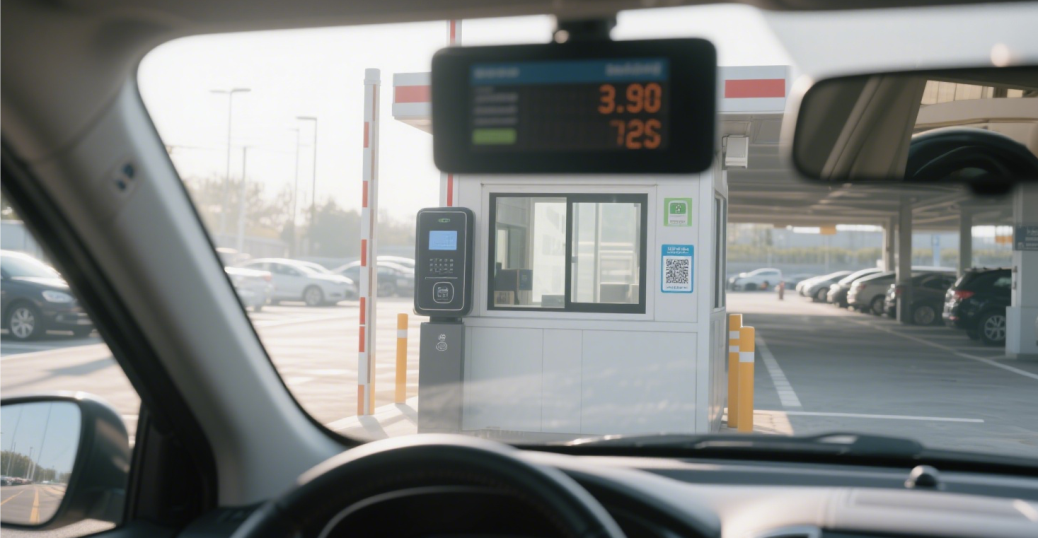
3 .system functions
3.1 Vehicle Recognition Function The parking fee system is equipped with advanced license plate recognition technology, which boasts extremely high accuracy. Even in complex weather conditions such as rain or fog, it can accurately capture vehicle license plate information when entering the parking lot entrance and automatically record it into the system. This process requires no manual intervention, significantly improving the efficiency of vehicle entry into the parking lot and effectively preventing congestion at the entrance. Additionally, when vehicles are preparing to leave the parking lot, the system can quickly identify the license plates, facilitating subsequent fee calculation and payment processing.
3.2. Cost Calculation Function The system tracks vehicles 'entry into the parking lot in real time. When a vehicle is ready to exit, it automatically calculates the duration of stay and accurately determines the required fee based on the parking lot's set charging standards. These rates can be flexibly adjusted according to different periods and vehicle types, such as increasing charges during peak hours to regulate traffic flow. Users can clearly view detailed cost information including parking duration, applicable standards, and total fees, ensuring transparent consumption.
3.3. Payment Methods To provide users with a convenient payment experience, the parking fee system supports multiple payment methods. Users can scan QR codes through mobile payment platforms like WeChat Pay and Alipay for quick and hassle-free payments without carrying cash. For users unfamiliar with mobile payments, cash payment options are available, with the system equipped with dedicated cash collection devices that automatically provide change. Additionally, vehicles with ETC installed can have fees automatically deducted without stopping, significantly improving passage efficiency – particularly suitable for parking lots with heavy traffic flow.
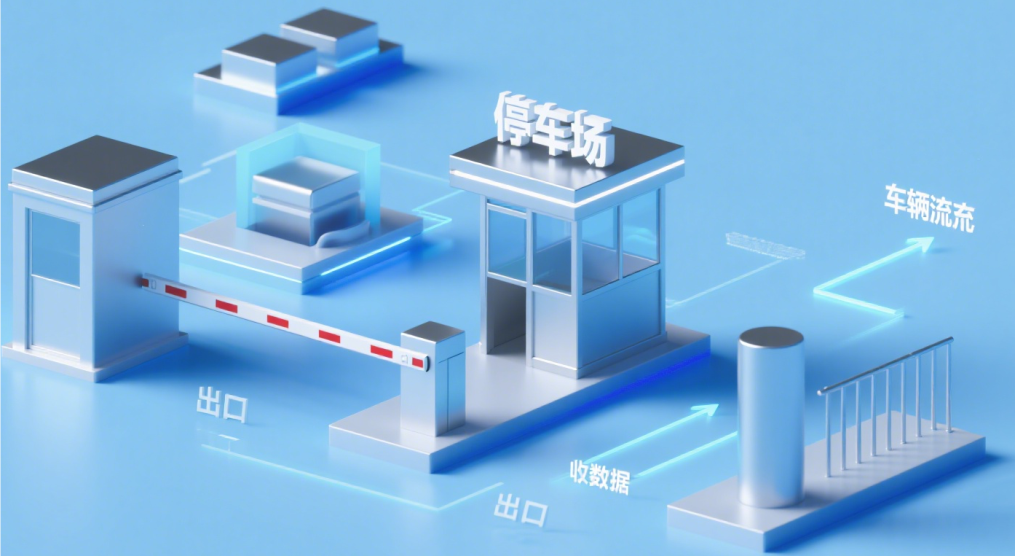
4.Development technology
4.1. License plate recognition technology With the use of advanced image recognition algorithm and deep learning technology, the license plate can be recognized quickly and accurately. This technology can deal with various complex license plate situations, such as dirty license plate, tilted license plate, blurred license plate, etc., which improves the accuracy and adaptability of recognition.
4.2. Intelligent Monitoring Technology By installing surveillance cameras at key locations such as the entrance, exit and interior of the parking lot, real-time monitoring of the parking lot can be realized. The monitoring system can be linked with the license plate recognition system to record the driving trajectory and parking location of vehicles, so as to ensure the safety of the parking lot.
4.3. Network Communication Technology Utilizing wired or wireless networks, this system enables data transmission and communication between components. It ensures real-time uploading of license plate information, parking duration, fee details, and other operational parameters to the server, guaranteeing smooth system operation. Additionally, network communication technology supports remote management and monitoring, allowing administrators to remotely manage and operate parking facilities through internet access.
4.4. Database Technology An efficient and stable database management system is adopted to store and manage the vehicle information, user information, charging information and other information of the parking lot. The database has good data security and integrity, which can ensure reliable storage and fast query of data.

5. Requirements analysis
5.1. The owner wants to be able to enter and exit the parking lot quickly to reduce waiting time.
5.2. Car owners hope to pay in a convenient and diverse way to meet different payment habits.
5.3 The owner hopes to have a clear understanding of the calculation details of parking fees to ensure the transparency of charges.
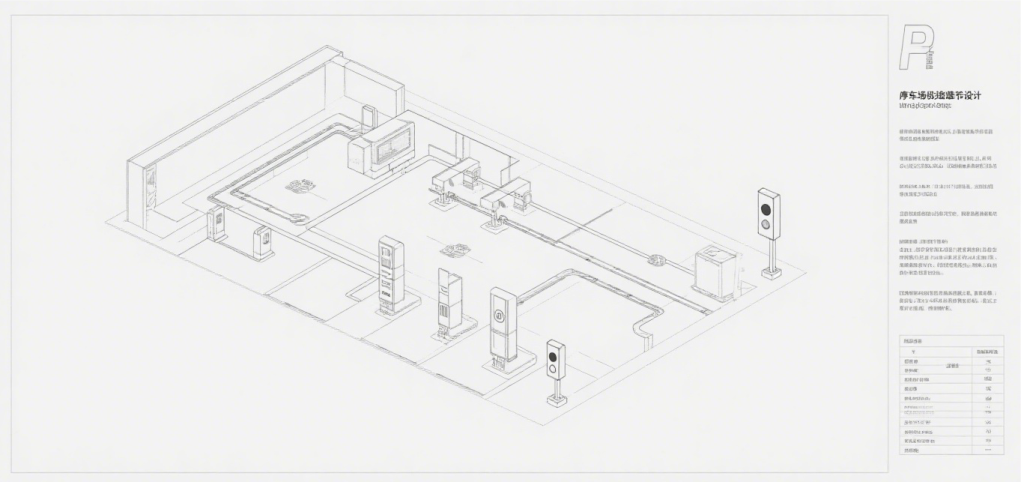
6. Requirements of parking lot management
6.1. Improve the management efficiency of parking lot and reduce labor cost.
6.2. Realize real-time monitoring and management of vehicles in the parking lot to ensure the safety of the parking lot.
6.3. Able to make statistics and analysis of parking lot operation data to provide basis for management decisions.
6.4. The system has good stability and scalability, which can adapt to the expansion of parking scale and functional upgrading.

7. System design
7.1. Overall Architecture Design The system adopts a layered architecture design, comprising three layers: Presentation Layer, Business Logic Layer, and Data Access Layer. The Presentation Layer handles user interactions through entry identification terminals, exit payment terminals, and management back-end systems. The Business Logic Layer manages core operational processes including license plate recognition, fee calculation, and payment processing. The Data Access Layer facilitates database interactions to achieve data storage and retrieval.
7.2. Database Design The database primarily consists of the following tables: Vehicle Information Table, Parking Record Table, User Information Table, and Fee Schedule Table. The Vehicle Information Table stores vehicle details including license plate numbers and models. The Parking Record Table records entry and exit times along with parking fees. The User Information Table contains user credentials such as account numbers, passwords, and payment methods. The Fee Schedule Table specifies charging standards for different vehicle types during various time periods.
7.3. Functional module design
7.3.1. License plate recognition module: responsible for license plate recognition of vehicles entering and leaving the parking lot, and upload the recognition results to the system.
7.3.2. Parking record module: responsible for recording the entry time, departure time and other information of the vehicle, and calculating the parking fee according to the license plate recognition result and charging standard.
7.3.3. Payment processing module: Responsible for processing users' payment requests, supporting various payment methods, and feedback payment results to users and the system.
7.3.4. Management module: responsible for the management and maintenance of vehicle information, user information and charging standards in the parking lot, as well as providing data statistics and analysis functions.
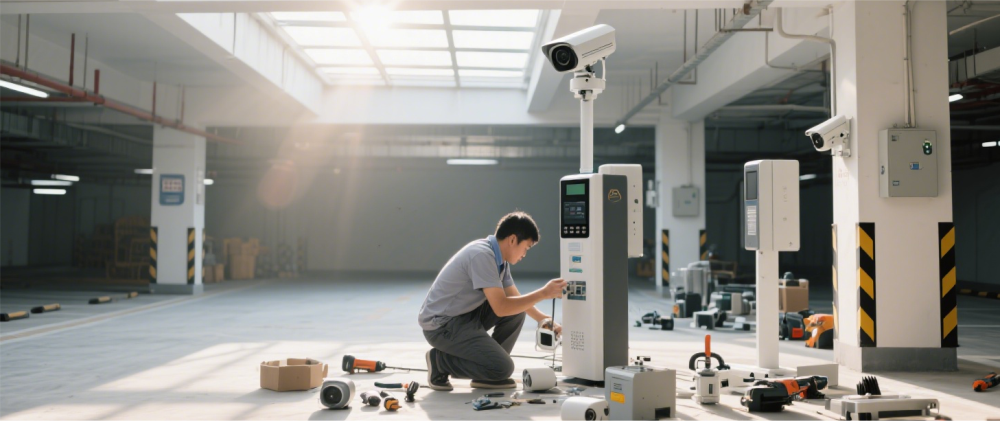
8. System implementation
8.1. Hardware Implementation License plate recognition cameras and turnstiles shall be installed at the entrance and exit of the parking lot. The license plate recognition cameras are used to capture license plate information, and the turnstiles are used to control the entry and exit of vehicles. Payment terminals including code scanning payment devices and cash charging devices shall be set up at the exit.
8.2. Software implementation
8.2.1. Entrance identification terminal software: realize the function of license plate recognition, and upload the vehicle information and entry time to the server.
8.2.2. Export payment terminal software: It realizes functions such as license plate recognition, fee calculation and payment processing to provide users with convenient payment services.
8.2.3. Management background software: Realize the management and monitoring functions of the parking lot. Managers can view real-time situation and statistical data of the parking lot through the management background.

9. System test
9.1. Function Test The system functions are tested, including license plate recognition accuracy test, cost calculation accuracy test, payment function test, etc., to ensure the normal operation of the system functions.
9.2. Performance Test The response speed and processing capacity of the test system under different traffic flow conditions are tested to ensure stable operation of the system in heavy traffic flow.
9.3. Security Test The security of the test system, including the security of data transmission and user information, is tested to prevent data leakage and malicious attacks. Through the test, all functions of the system can run normally, and the performance and security also meet the design requirements.

10. Conclusion: The development and application of the parking fee payment system have effectively addressed issues such as low efficiency and high management costs associated with traditional payment methods. By integrating advanced license plate recognition technology, multiple payment options, and intelligent management features, the system has significantly improved traffic flow efficiency and operational standards in parking facilities, providing drivers with convenient, fast, and transparent payment services. For future development, we can further optimize system functionalities by introducing parking space guidance to assist drivers in quickly locating available spaces, and enhancing integration with urban traffic management systems to achieve information sharing and coordination, thereby improving overall urban transportation efficiency. This parking fee payment system covers comprehensive aspects, meeting fundamental needs for parking facility management and payment. If you have any suggestions for modifications or wish to introduce new features, please feel free to inform us at any time.
-
fibre-optical
Jul 22, 2025
-
Classified by control technology
Jul 22, 2025
-
Aliyun VS Baidu Cloud
Jul 19, 2025
-
Smart factory network cabling
Jul 19, 2025
-
Full analysis of wiring test tools
Jul 19, 2025
-
Enterprise network cabling
Jul 19, 2025
-
Can you do smart control without the Internet
Jul 19, 2025
-
Principle of whole house intelligent control
Jul 18, 2025
-
Specifications and functions of light modules
Jul 18, 2025
-
Fiber optic engineering
Jul 18, 2025
-
Common classifications and their specific types:
Jul 18, 2025
-
Parking fee system
Jul 14, 2025
-
Video face recognition big data system
Jul 14, 2025
-
Starlink is a low-orbit satellite launched by SpaceX
Jul 14, 2025
-
5G base station project
Jul 14, 2025
-
5G and Starlink overview
Jul 14, 2025
-
Internet Data Center (IDC)
Jul 11, 2025
-
Enterprise LAN solutions
Jul 10, 2025
-
Video transmission theory
Jul 10, 2025
-
Patented technology and marked RJ45 crystal head
Jul 10, 2025
-
Advantages and disadvantages of intelligent control
Nov 30, 2024
-
Video Streaming Data Center
Nov 30, 2024
-
Computer Centre
Nov 30, 2024


